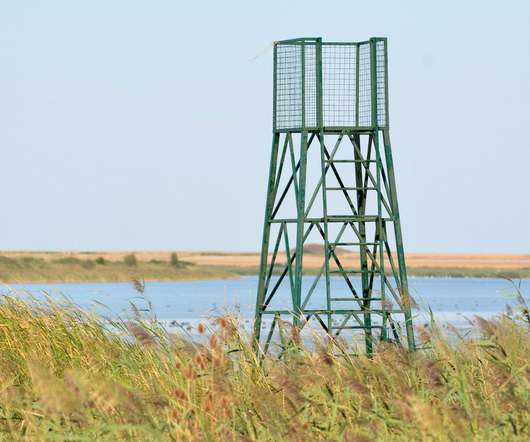The best-kept birding secrets of Belgrade
10,000 Birds
JULY 29, 2021
and 180 bird species ( Ferruginous Duck , Black Woodpecker ; Icterine , Eastern Olivaceous and Barred Warblers ) recorded so far. In June 2021, the Mayor of Belgrade announced that Beljarica will finally become officially protected. It is a spacious floodplain between the River Danube and the levee, 2.1












Let's personalize your content